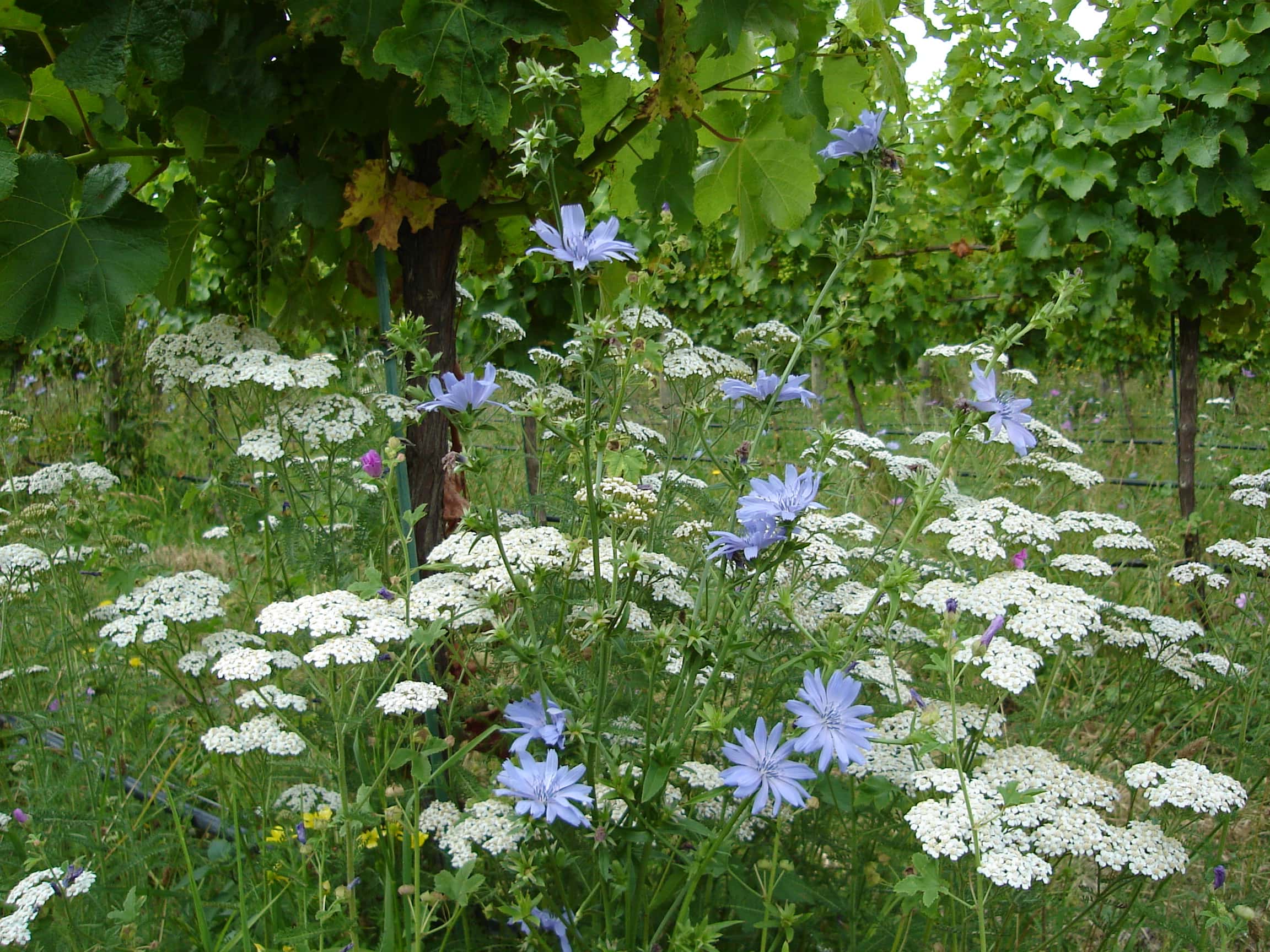Future-proofing the wine sector with innovation: evaluation of groundcover, amenity and native plants as potential reservoirs of pathogens of grapevines.
Vaughn Bell, Plant & Food Research
The New Zealand Winegrowers Research Centre has recently approved its first funded research proposal entitled, “Future-proofing the wine sector with innovation: evaluation of groundcover, amenity and native plants as potential reservoirs of pathogens of grapevines.” Funded over two years, the project has two objectives. These are (1) to test if selected clover species/cultivars are alternative host plants for grapevine leafroll-associated virus 3 (leafroll virus). We will also assess the time over which mealybugs feeding on the selected clover plants are no longer vectoring leafroll virus; (2) in testing if groundcover, amenity and native plant species are potential hosts for a wide range of grapevine viruses, we aim to increase understanding of what pathogens, if any, are present in different plants found in and around the vineyard ecosystem. If viruses capable of infecting grapevines are detected, we aim to understand their influence and potential implications for future vineyard management.
Mealybugs are vineyard pests that transmit multiple plant viruses, including leafroll virus. Presently, the recommendation is for infected vines to be removed annually, and to manage insect vectors that spread the disease, namely mealybugs. Part of any future integrated (multi-tactic) response could involve retaining and/or adding host plants attractive to mealybugs, with evidence showing that white clover is one such plant. The logic of adding white clover is that the provision of a stable, off-vine habitat will sustain mealybugs, reducing movement onto grapevines and exposure to the virus. However, recent research from California identified for the first time one non-Vitis plant susceptible to leafroll virus. We must therefore ensure that plants like clover are not suitable hosts for leafroll virus, to validate our virus management response. As well as investigating the potential for clover to host leafroll virus, this study will evaluate virus retention and loss mechanisms in mealybugs when exposed to clovers, and the timeframes over which these biological functions operate under controlled laboratory conditions.
In the second objective, we will evaluate whether groundcover, amenity plants (e.g. roses) and native plants are reservoirs for a range of grapevine viruses. Recent research funded by The Rod Bonfiglioli Memorial Scholarship, identified a larger than expected virus diversity present in New Zealand vineyards, including new-to-science viruses. We will assess the virus population of groundcover, amenity and native plant species found in and around Hawke’s Bay and Marlborough vineyards, to understand the virus dynamics (movement between plant species, if any), with the goal of establishing a virus risk profile for each species tested. The results will be a list of plant species that are reservoirs of virus or virus-like disease(s) with potential to cause economic injury to grapevines.
This article first appeared in the October / November 2018 issue of the New Zealand Winegrower magazine.

















